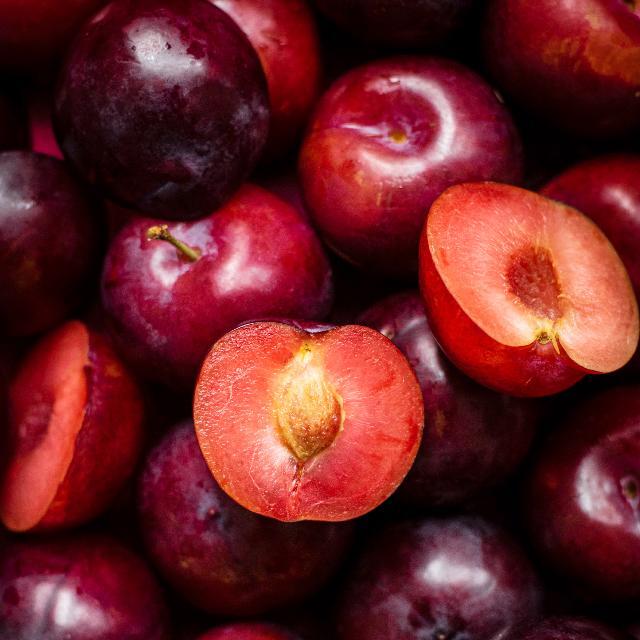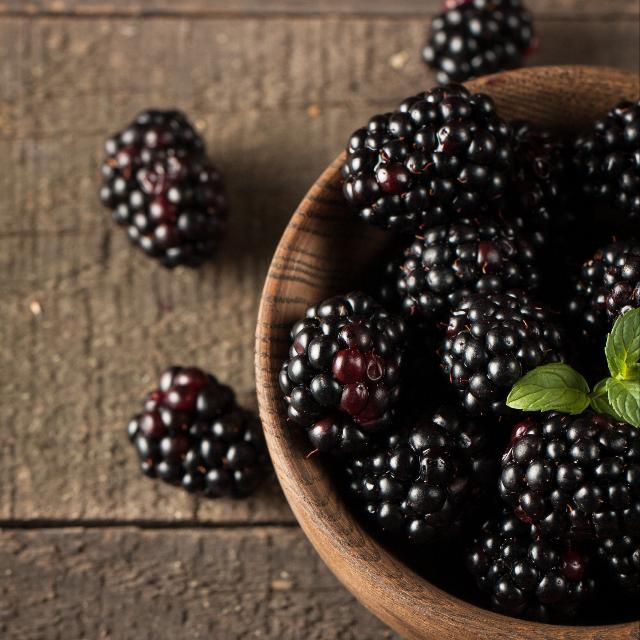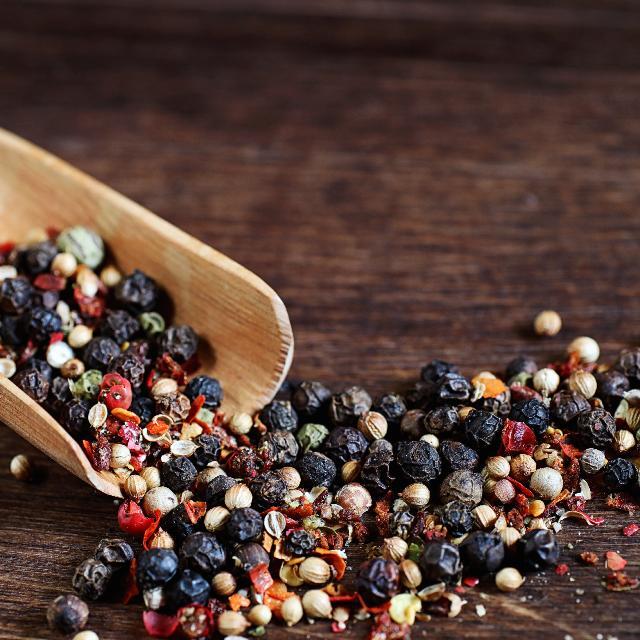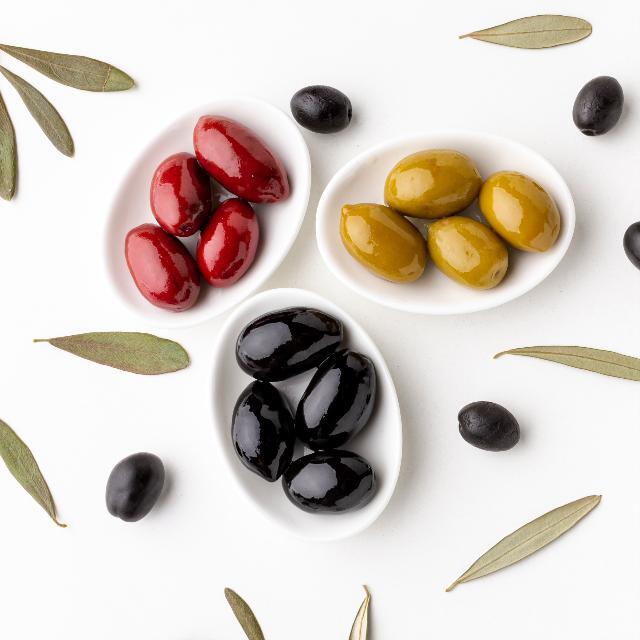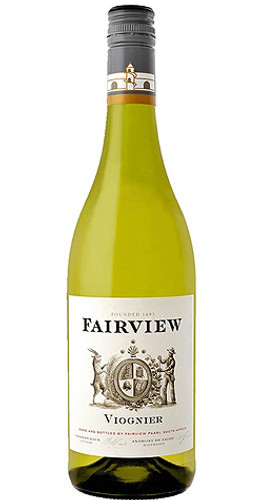Intensely burgundy in the glass. An elegant nose of dark plum and berries, salty licorice, baking spices ,and pepper. The palate has gravitas with rich layers of dark fruit, charcuteri,e and dried olives. A full and well-rounded mouthfeel with firm, powdery tannins. The structure promises good ageing potential of 5 – 8 years.
This dryland farmed vineyard was planted in 1995, on a deep Glenrosa soil type that retains moisture well and allows the crop to ripen early, without stressing, during our long hot summers. Planted on a north-westerly facing rocky outcrop, the vines are pruned in a goblet (bosstok) . Depending on the growth, the vine is pruned to between 3 and 5 bearers per vine. Summer canopy management includes a topping, which will reduce wind damage, as well as green cropping at 80% veraison to ensure even ripening. The vineyard is regularly visited during the ripening period and tested by tasting, visual and analytical examination to determine the ideal picking date.
Winemaker: Anthony de Jager
Winemaker: Anthony de Jager
Fairview is a working farm, housing a collection of micro-businesses all sharing in a common goal – to craft artisanal and sustainable produce, with a focus on fine wine and cheese. Everything they do is driven by their philosophy of being honest, honoring their heritage and ensuring their ingenuity. Eager to explore a wider range of wines using grapes grown in optimal conditions, Charles Back abandoned the estate wine concept in the 1980s, choosing rather to “go where the terroir is”. Today, they are one of the few farms that proudly own all their own vineyards, with land in Paarl, Darling, Swartland and Stellenbosch.




